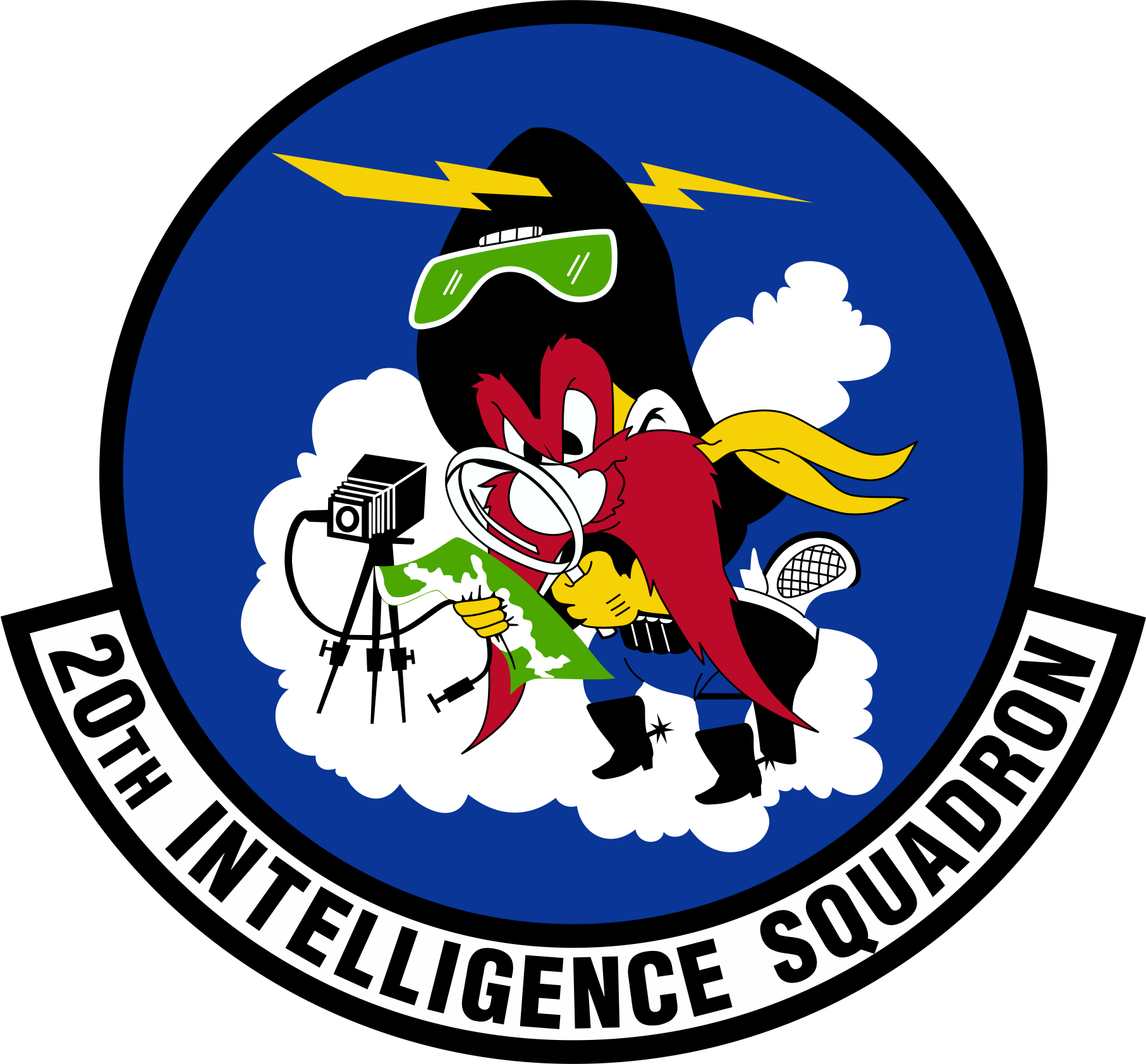|
Taz In Escape From Mars
''Taz in Escape from Mars'' is a video game developed by HeadGames and released by Sega in 1994 for the Sega Genesis, Genesis/Mega Drive and Game Gear featuring Tasmanian Devil (Looney Tunes), Taz, the ''Looney Tunes'' Tasmanian devil cartoon character. The Game Gear version was ported by Tectoy, TecToy to the Master System and released in March 1997 only in Brazil. Taz must escape from Mars, where he was brought by Marvin the Martian. The game includes six worlds with two or three levels in each world. Plot Looking in his book for Earth creatures and finding the Tasmanian Devil (Looney Tunes), Tasmanian Devil, Marvin the Martian gets the idea of capturing Taz for his zoo. He heads to Earth, beams Taz up into his flying saucer, and takes Taz to his Martian zoo. Meanwhile, Taz escapes. After making his way back to Earth, Taz returns to Mars and visits Marvin's house to find and defeat him in battle. After defeating Marvin, Taz steals a space ship and steers it back to Earth. The gam ... [...More Info...] [...Related Items...] OR: [Wikipedia] [Google] [Baidu] |
Tectoy
Tec Toy S.A., trading as Tectoy since late 2007, is a Brazilian toy and electronics company headquartered in São Paulo. It is best known for producing, publishing, and distributing Sega consoles and video games in Brazil. The company was founded by Daniel Dazcal, Leo Kryss, and Abe Kryss in 1987 because Dazcal saw an opportunity to develop a market for electronic toys and video games, product categories that competitors did not sell in Brazil at the time. The company stock is traded on the Bovespa. Soon after its founding, Tectoy completed a licensing agreement with Sega allowing it to market a laser gun game based on the Japanese anime ''Zillion'', which sold more units in Brazil than in Japan. Tectoy would later bring the Master System and Mega Drive to the region, as well as Sega's later video game consoles and the Sega Meganet service. Other products developed by Tectoy include educational toys such as the Pense Bem, karaoke machines, and original Master System and Mega ... [...More Info...] [...Related Items...] OR: [Wikipedia] [Google] [Baidu] |
Yosemite Sam
Yosemite Sam ( /joʊˈsɛmɪti/ ''yoh-SEM-ih-tee'') is a cartoon character in the ''Looney Tunes'' and ''Merrie Melodies'' series of short films produced by Warner Bros. His name is taken from Yosemite National Park. He is an adversary of Bugs Bunny. He is commonly depicted as an extremely aggressive, gunslinging outlaw or cowboy with a hair-trigger temper and an intense hatred of rabbits, Bugs in particular. In cartoons with non-Western themes, he uses various aliases, including "Chilkoot Sam" (named for the Chilkoot Trail; Sam pronounces it "Chilli-koot") and "Square-deal Sam" in '' 14 Carrot Rabbit'', "Riff Raff Sam" in ''Sahara Hare'', "Sam Schultz" in '' Big House Bunny'', "Seagoin' Sam" in '' Buccaneer Bunny'', "Shanghai Sam" in '' Mutiny on the Bunny'', "Von Schamm the Hessian" in ''Bunker Hill Bunny'', "Baron Sam von Schpamm" in '' Dumb Patrol'', and many others. During the golden age of American animation, Yosemite Sam appeared in 33 shorts made between 1945 and 1964. ... [...More Info...] [...Related Items...] OR: [Wikipedia] [Google] [Baidu] |
Cartoon Network Video Games
A cartoon is a type of visual art that is typically drawn, frequently animated, in an unrealistic or semi-realistic style. The specific meaning has evolved over time, but the modern usage usually refers to either: an image or series of images intended for satire, caricature, or humor; or a motion picture that relies on a sequence of illustrations for its animation. Someone who creates cartoons in the first sense is called a ''cartoonist'', and in the second sense they are usually called an ''animator''. The concept originated in the Middle Ages, and first described a preparatory drawing for a piece of art, such as a painting, fresco, tapestry, or stained glass window. In the 19th century, beginning in ''Punch'' magazine in 1843, cartoon came to refer – ironically at first – to humorous artworks in magazines and newspapers. Then it also was used for political cartoons and comic strips. When the medium developed, in the early 20th century, it began to refer to animated films ... [...More Info...] [...Related Items...] OR: [Wikipedia] [Google] [Baidu] |

